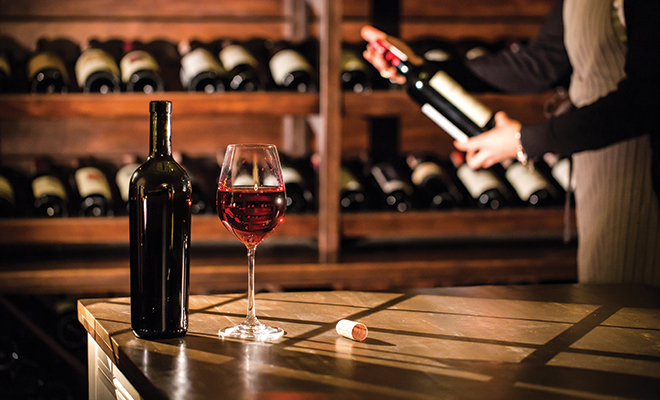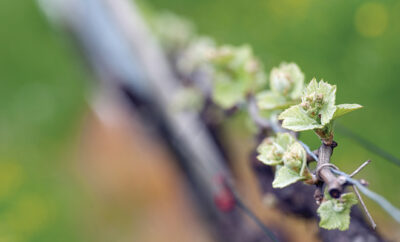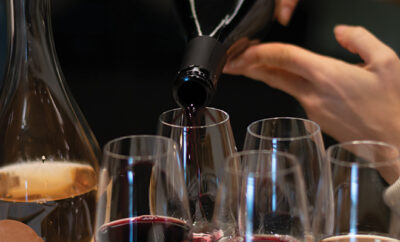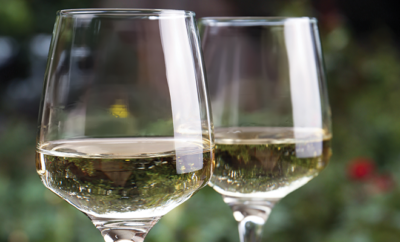
Mavericks of Wine
Explorers come in all forms, inquisitive by nature, always looking for the next boundary and adventure. Today’s mavericks of wine come from a variety of backgrounds, the ranks of traditional farming and corporate structures alike. They’re trailblazers, creating their own path in the production of the wines of today and tomorrow.
Aside from the now-traditional wine regions of California, Oregon and Washington, there are innovative wine producers making quality wine in Vermont, New Mexico, Texas, Michigan and Ohio. “We built William Chris Vineyards off the idea that wine is not made, it is grown,” says Chris Brundrett about his foray into the wine industry from a traditional dedication to horticulture and entomology at Texas A&M University, where he managed the school’s vineyard. After ten years, Brundrett is sourcing quality wine grapes from two very challenging viticulture areas well known for high heat and high humidity. Not sitting on his laurels, he recently made another innovative leap, creating the first canned rosé wine in Texas, Sway Rosé, which is surprising many industry watchers as a nicely packaged wine product with taste and portability.
Jasper Riddle’s father was a sommelier, but Jasper decided he’d make a career out of wine on a whim. He calls making alcohol a “college party trick;” the chemistry was no challenge to him. In 2010, he embarked on a new adventure, purchasing a controlling stake in his family’s production winery, Noisy Water, in his hometown of Ruidoso, New Mexico, focusing on custom crush services. At 22, Riddle was a pioneer on the way to expanding Noisy Water’s production from 1,500 cases per year to 30,000 cases per year in seven years. This is quite a feat for a wine region that has unpredictable winter freezes in springtime at high elevations.
Natural wine has a connotation that can be very divisive in the wine-tasting arena, inferring that all other wines are not natural. Tracey and Jared Brandt had successful careers in electronic gaming, business backgrounds and a sincere love of wine. Taking their wine-love to the next level, they became mavericks and trendsetters at the same time. Establishing their Donkey & Goat Winery in Berkeley, California, the Brandts made a commitment to produce quality wines without the additional yeast inoculations, filtration processes and fining agents that traditional producers use to shape the finished wine product. Deciding to not interfere with nature’s development in the wine process means allowing the wine grape juices to ferment on their own and bottling the resulting wine as close to its natural state as possible. This extends to not using plastic to store, age or transport the natural wine product, which results in a bright fruit, higher acidic quality as well as a potential naturally funky barnyard aroma. Their pioneering ways are at the top of the natural wine discussion, as food and agriculture experts look very closely at correlating poor health effects to pesticides, contagions and handling in our food and beverage supply. By permitting non-interference and natural farming in wine production to flourish without the human management of sugars and yeasts, the winemakers allow consumers to have quality natural wine choices that help them feel as if that glass of grenache is an enhancement to their natural lifestyle.
Is your wine hoppy enough for you? There may be a solution for your friends who are divided between wine or beer: have both in one glass! Since the 1970s, experimental Belgian brewers have been making wine with hops. Today’s mavericks are taking this to another level.
Adding grapes to the grain mash during the first fermentation makes natural tannins and sugars blend together. For some, beer can be tart and bitter, so adding a wine grape varietal to the process adds a complementary flavor to the beer, making it very enjoyable before and during the meal. Among the mavericks in this arena is Sam Calagione, founder of Dogfish Head Brewing in Milton, Delaware, who is making a mark on the wine-beer hybrids we see on store shelves today. These brewed offerings feature wine spices and flavors that complement every season of the year. One of his current saison-style beer products is a nearly 50/50 combination of grain and Washington State Viognier called Mixed Media, which just might convert the chardonnay fan to enjoying something light and effervescent on the palate with their grilled chicken sausage. The brew is not limited to white wine grapes; look for other wine-beer producers offering cans and bottles that include red wine grapes such as cabernet franc and Gamay.
The wine industry definitely enjoys a fair share of mavericks and pioneers striving to create new ways of appreciating wine with family and friends. ’Tis the season, after all, to celebrate all the gifts of bounty on our holiday tables! ■
Sources: businessinsider.com, dogfish.com, donkeyandgoat.com, foodrepublic.com, noisywaterwinery.com, williamchriswines.com and winemag.com.







